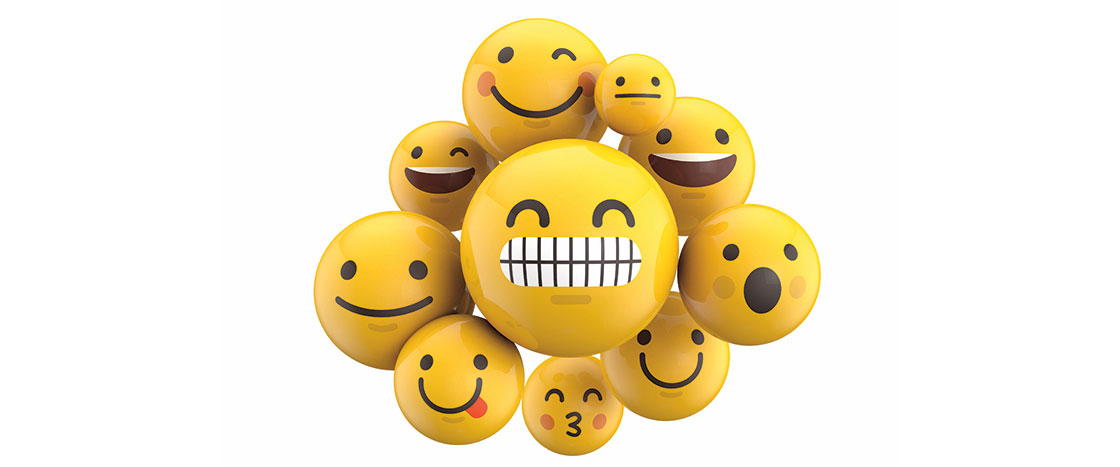The first emojis were created in 1999 by a designer in Japan named Shigetaka Kurita. But the idea of using pictures to communicate has been around for millennia. Early humans told stories by painting images on the walls of caves. Ancient Egyptians used a system of writing made up of pictures and symbols called hieroglyphs. Even today, some aboriginal tribes in Australia draw pictures in the sand as they speak.
Still, no visual language has been as widely used or accepted as emojis.
Each emoji begins its journey at the Consortium as a written proposal. When deciding whether a proposal will be accepted, committee members consider several factors. Emojis, they say, should be easily recognizable, likely to be used by many people, and useful. The Consortium does not accept anything that includes a company logo or depicts a real person (living or deceased).
The Consortium also has the lofty job of making sure that emojis are diverse and inclusive—in other words, that they represent people from many different cultures and experiences. There is still much work to be done in this area, but progress has been made. In 2015, emojis became available in a range of skin colors. In 2016, a single dad and various female athletes were released. In 2017, a girl wearing a hijab was added.
The Consortium doesn’t come up with all these ideas on its own. Rather, it relies on us for inspiration. Anyone can submit an emoji proposal. Indeed, the hijab emoji was proposed by a 16-year-old girl from Saudi Arabia.
In 2018, 157 new emojis were approved—including a bagel, a superhero, and a lobster. What emojis do you think the world needs next? Send a proposal to the Consortium, and you might just see your idea on your phone one day.


